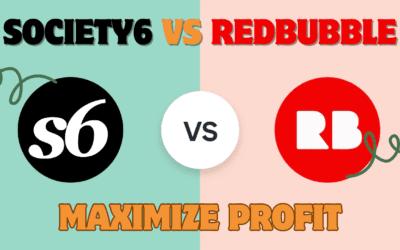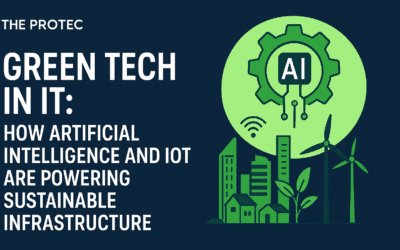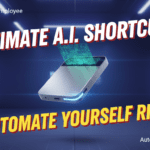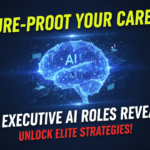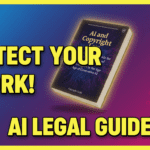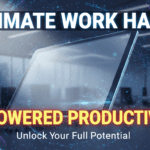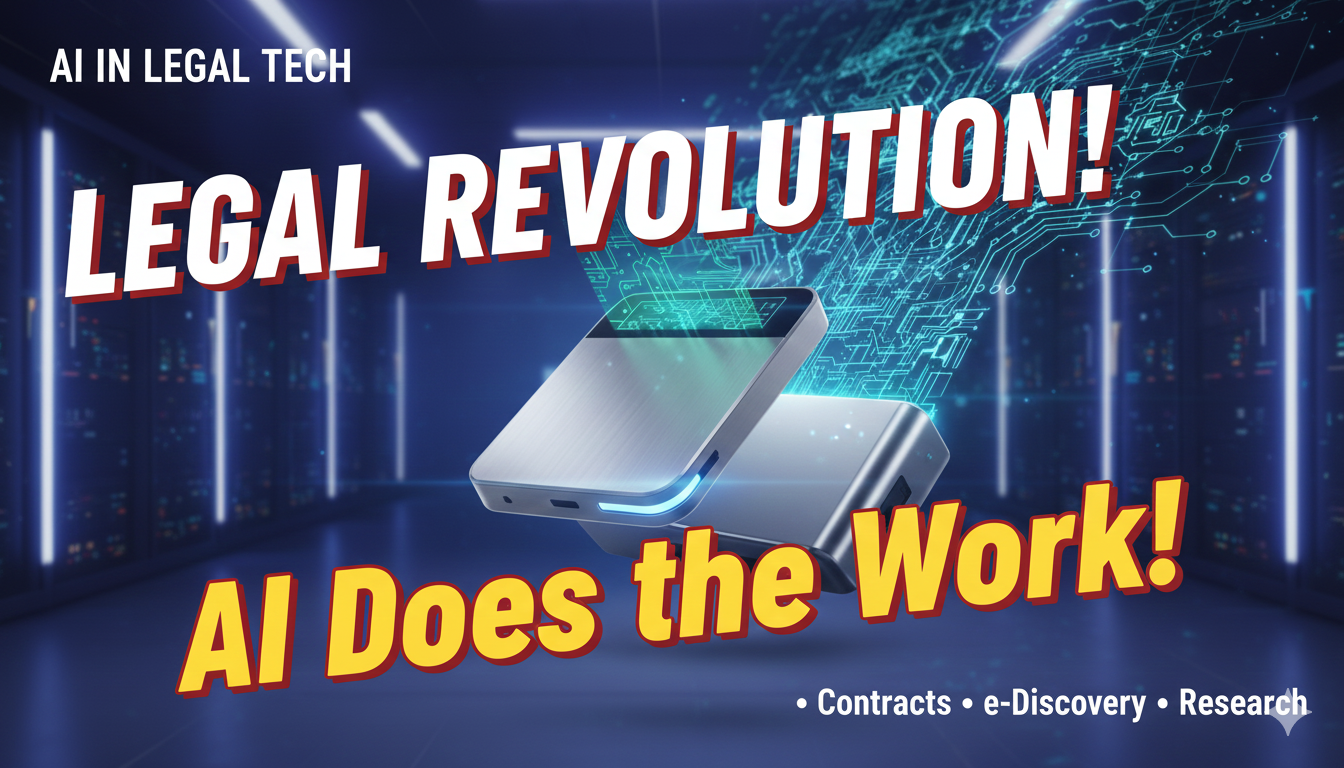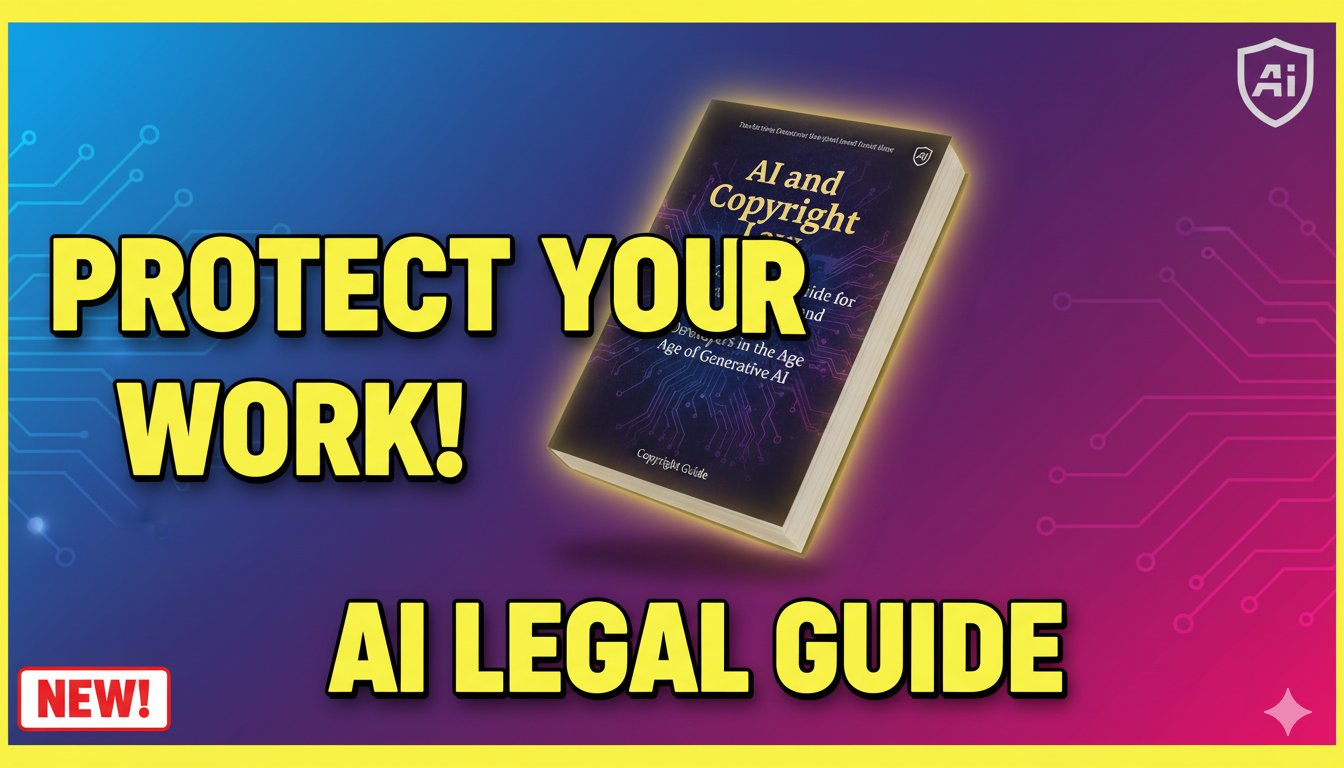Introduction: What Is an AI-Centric Organization?
An AI-centric organization doesn’t just use artificial intelligence—it breathes it. This new paradigm integrates AI into the very DNA of a company, fundamentally reshaping how it operates, competes, and creates value. It’s a foundational shift where AI moves from being a tool for automation to a core driver of business strategy and a collaborative partner in work . With 92% of companies planning to increase their AI investments yet only 1% considering their deployments mature, the gap between ambition and reality has never been wider . This article explores how to bridge that gap by building a true AI-centric organization through deliberate transformation of culture, workflows, and talent.
Cultivating an AI-Centric Culture
Building an AI-centric organization starts not with technology, but with people. Culture is the bedrock upon which all successful AI transformations are built.
Leadership’s Role in Championing AI
Leaders must do more than just approve budgets; they must actively champion AI. This involves clearly communicating the strategic importance of AI and leading by example. Cross-functional collaboration is essential, breaking down silos to make AI a shared, company-wide goal . As one engineering leader notes, success comes from working closely with various product verticals, conducting continuous training, and establishing specific Objectives and Key Results (OKRs) with measurable ROI to foster an AI-first mindset .
Managing Change and Building Trust
The human response to AI is mixed. While a majority are optimistic, a significant minority (41%) are apprehensive and will need additional support to get on board . This underscores the need for robust change management. Transparency about how AI will be used is crucial for building trust. Nearly half of employees worry about AI inaccuracy and cybersecurity risks, but they show greater confidence that their own companies, versus other organizations, will get AI right . Proving them right requires bold and responsible leadership.
Fostering Continuous Learning and Psychological Safety
An AI-centric culture is a learning culture. Companies must create conditions where continuous skill development is expected and supported . This includes fostering psychological safety—an environment where employees feel comfortable experimenting with AI and even failing without repercussion. As teams establish their own best practices for working with AI, they should ask critical questions: Does AI encourage or dampen discussion among team members? Does it promote or detract from psychological safety ?
Redesigning Workflows for an AI-Centric Organization
Becoming AI-centric requires more than plugging AI tools into existing processes. It demands a fundamental reimagination of how work gets done.
The Shift to AI-First Workflows
In an AI-centric organization, work is reimagined as AI-first. Humans are positioned “above the loop” for strategic oversight and are only selectively inserted back into the loop where human contact truly matters . This represents a significant departure from traditional automation. For example, a global bank uses an “agent factory” where ten agent squads manage know-your-customer processes, achieving substantial improvements in quality and output consistency . Another bank uses humans to oversee AI squads in modernizing legacy systems, reducing time and effort by up to 50% .
The Agentic Organization Model
McKinsey introduces a compelling vision of the “agentic organization,” where humans work alongside virtual and physical AI agents at scale and near-zero marginal cost . This model is built on five pillars:
- Business Model: Leveraging AI for hyper-personalization and new revenue streams.
- Operating Model: Structuring around flat networks of empowered, outcome-aligned teams.
- Governance: Implementing real-time, data-driven oversight with human accountability.
- Workforce, People, and Culture: Developing new talent profiles and skills.
- Technology and Data: Treating proprietary data as a key competitive differentiator .
Real-World Workflow Transformation
Consider the practical example of Deloitte, which used AI workflow automation to analyze employee feedback. By integrating Google Forms, Make.com, and ChatGPT, they automated sentiment analysis and summary generation for over 40,000 responses. What used to take weeks now happens in hours, with critical decisions still subject to human review . This demonstrates how AI can scale operations without losing the human touch.
Developing AI-Centric Talent Strategies
As AI transforms workflows, it simultaneously creates a massive shift in the skills required to succeed. A proactive talent strategy is non-negotiable.
Closing the Skills Gap with Precision
The traditional approach of having everyone take the same course is ineffective . A more modern, skills-based approach is needed. Companies like Workera are using AI to assess employees’ skills and create customized learning plans, building an ontology for over 7,000 verifiable skills . Kian Katanforoosh, Workera’s CEO, emphasizes that “the companies that are going to win in the next era are those that will have the highest learning velocity” .
The Emergence of New AI-Centric Roles
As AI takes over execution, human roles evolve. Three new types of profiles are emerging:
- M-shaped supervisors: Broad generalists fluent in AI who orchestrate agents and hybrid teams.
- T-shaped experts: Deep specialists who reimagine workflows and handle exceptions.
- AI-augmented frontline workers: Employees in sales, service, and operations who spend less time on systems and more time with humans .
Implementing Strategic Workforce Planning
BCG’s AI Talent Horizon Framework reveals that most organizations are in early-stage, tool-based adoption, while a smaller group is moving into workflow transformation. The next horizon is agent-led orchestration, where AI handles end-to-end execution and humans steer strategy . In response, four organizational archetypes are emerging:
- The Scaler: Focuses on embedding AI tools into existing workflows.
- The Horizon Builder: Invests heavily in AI while preserving traditional job ladders.
- The Streamliner: Collapses roles and builds lean, AI-augmented pods.
- The Reinventor: Rebuilds from the ground up for an AI-first world .
Navigating Risks and Challenges
The path to becoming an AI-centric organization is fraught with challenges that require careful navigation.
- Algorithmic Bias and Fairness: AI can reflect and even amplify existing human biases. For example, Amazon discontinued a hiring algorithm after discovering it favored male candidates based on wording in resumes . Establishing clear ethical frameworks and governance structures is essential to mitigate these risks .
- The Deskilling Dilemma: Over-reliance on AI could lead to deskilling. Mitigating this requires keeping humans in the loop and creating a virtuous cycle where trust drives adoption, which in turn increases productivity and unleashes growth .
- Governance and Accountability: As AI agents operate continuously, governance must become real-time and data-driven. Human accountability remains essential, but its nature changes from line-by-line reviews to defining policies and monitoring outliers .
Actionable Roadmap for Business Leaders
Becoming an AI-centric organization is a journey. Here is a practical roadmap to get started:
- Assess Your Current AI Maturity – Use frameworks like BCG’s AI Talent Horizon to understand where you stand today .
- Start with Specific Pilots – Begin with small, high-impact projects in “safe zones” like ticket triage or content operations to demonstrate value and build momentum .
- Invest in Skills-Based Development – Move beyond one-size-fits-all training. Use precision tools to assess skills and create personalized learning journeys .
- Redesign Incentive Structures – Consider linking base-pay increases to verifiable skill acquisition, with incentive payments based on performance .
- Establish Robust AI Governance – Implement clear ethical frameworks and governance structures from the outset, with regular audits for bias and compliance .
Conclusion: The Future Is AI-Centric
The transition to an AI-centric organization is not merely a technological upgrade—it is a fundamental reimagining of the enterprise. The companies that thrive in this new era will be those that successfully transform their culture to embrace learning and experimentation, redesign their workflows around AI-first principles, and develop talent strategies that prioritize skills and continuous development. As McKinsey notes, AI represents the largest organizational paradigm shift since the industrial and digital revolutions . The future will not be shaped by AI alone, but by the organizations that learn to harness it as a collaborative partner to amplify human potential. The time to start building your AI-centric organization is now.
Sources and References
- Forbes Technology Council. “Building An AI-Centric Organization In 2025.” https://www.forbes.com/councils/forbestechcouncil/2025/03/05/building-an-ai-centric-organization-in-2025/
- McKinsey & Company. “The agentic organization: A new operating model for AI.” https://www.mckinsey.com/capabilities/people-and-organizational-performance/our-insights/the-agentic-organization-contours-of-the-next-paradigm-for-the-ai-era
- McKinsey & Company. “Superagency in the workplace: Empowering people to unlock AI’s full potential.” https://www.mckinsey.com/capabilities/tech-and-ai/our-insights/superagency-in-the-workplace-empowering-people-to-unlock-ais-full-potential-at-work
- Chief Learning Officer. “What the cultural impact of AI means for teams.” https://www.chieflearningofficer.com/2025/09/10/what-the-cultural-impact-of-ai-means-for-teams/
- Freshworks. “Best AI workflow automation tools you should know.” https://www.freshworks.com/ai-workflow-automation/software/
- Boston Consulting Group (BCG). “AI Is Outpacing Your Workforce Strategy. Are You Ready?” https://www.bcg.com/publications/2025/ai-is-outpacing-your-workforce-strategy-are-you-ready
- Forbes. “AI Is Changing Jobs. Here’s How Smart Companies Help Workers Use It.” https://www.forbes.com/sites/paulocarvao/2025/11/05/adopt-human-centered-ai-to-transform-the-future-of-work/
- Workera (via Newsweek). “Workera is Enabling Skills-Based Talent Strategies Using AI.” https://www.newsweek.com/nw-ai/workera-is-enabling-skills-based-talent-strategies-using-ai-11090735




